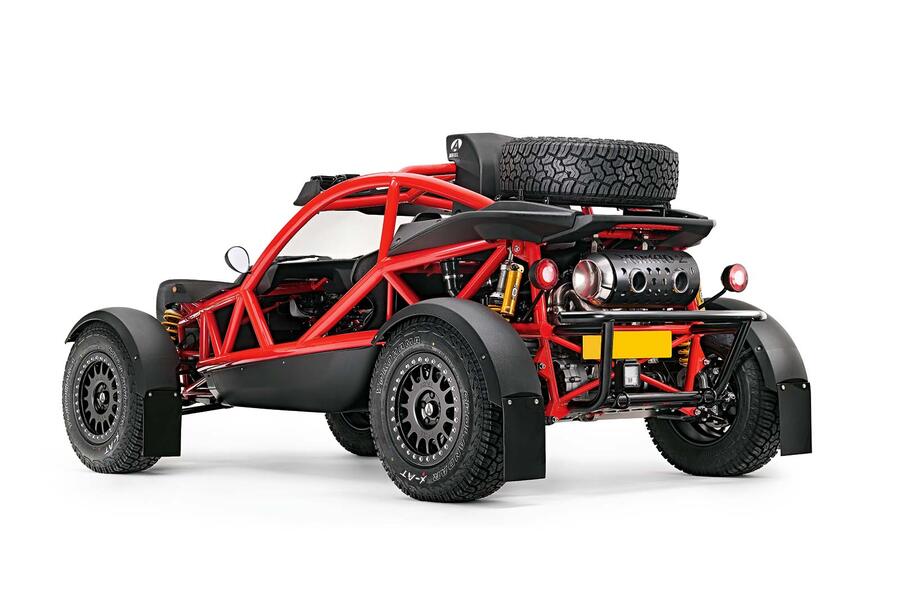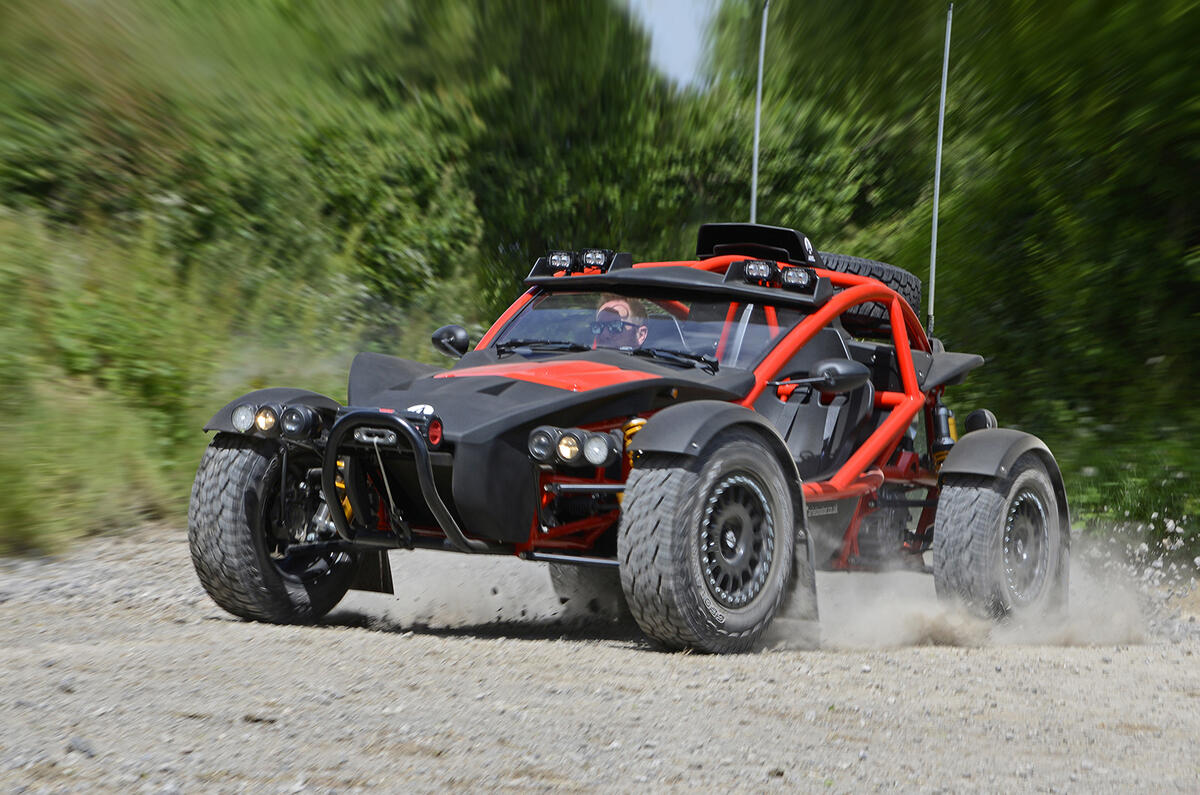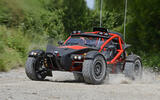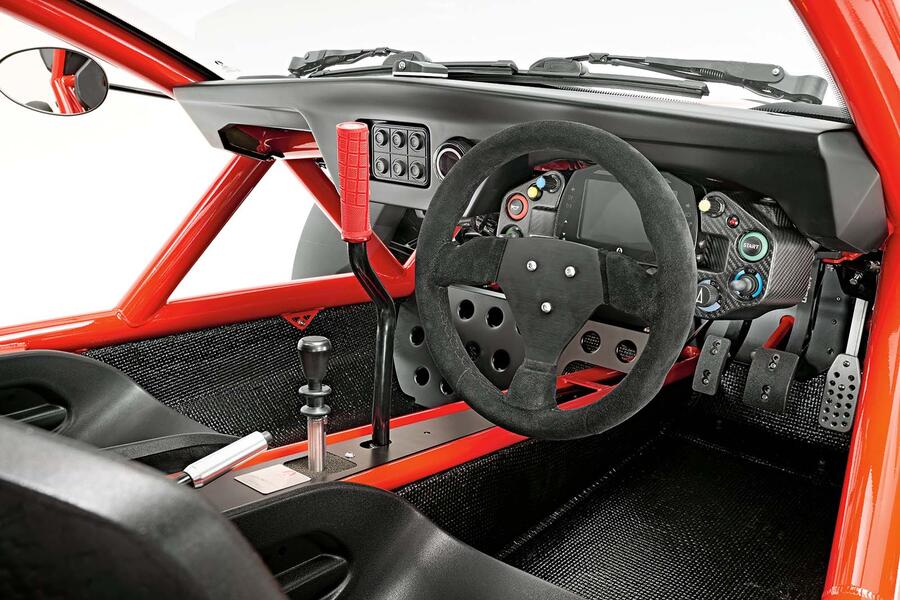Ariel has revealed its much-anticipated Nomad 2 performance off-roader ahead of its public debut at the 2024 Goodwood Festival of Speed.
In typical Ariel fashion, the £65,000 newcomer (for which a queue of 80 potential customers had already formed before anyone outside the company had even seen it) is different from its predecessor in almost every mechanical detail except the filler cap and pedal box but remains entirely true to the hugely successful original concept (of which several hundred copies have been sold from Ariel’s tiny Somerset works since 2015).
The Nomad 2’s biggest mechanical change is the adoption of a 2.3-litre four-cylinder turbo petrol engine from Ford, similar in basic spec to that in the current Focus ST but available in three different tunes: 260bhp and 273lb ft of torque, 302 bhp and 330lb ft or 305bhp and 382lb ft, the figures depending on the owner’s choice of power map.
The standard gearbox is the Ford H-pattern six-speed manual that usually accompanies this engine, but Ariel plans to offer a sequential six-speeder as an option.

The company finds the Ford engine easier to source than the Nomad 1’s imported 2.4-litre Honda four, which made 235bhp and 221lb ft (although it has no plans to change the powerful and characterful Civic Type R engine it uses in the Atom 4).
Given the extra power, all variants are likely to be notably faster than the Nomad 1, whose 3.4sec 0-62mph time already made it one of the quickest-accelerating cars on the road.
The Nomad 2 adopts the Atom’s 288mm disc brakes and will also have standard ABS, even though the braking system needs no conventional power booster.
Traction control and stability control are also in the frame, because Ariel has designed the car to qualify for EU Small Series compliance that will free it from the present UK IVA approval process and allow cars to be offered in Europe up to a volume of 1000 per year.
As with the Atom 4, the Nomad 2’s skeletal, transverse mid-engined spaceframe chassis is formed of thicker tubing than its predecessor, with the major side members repositioned to allow better cockpit access.





















Add your comment